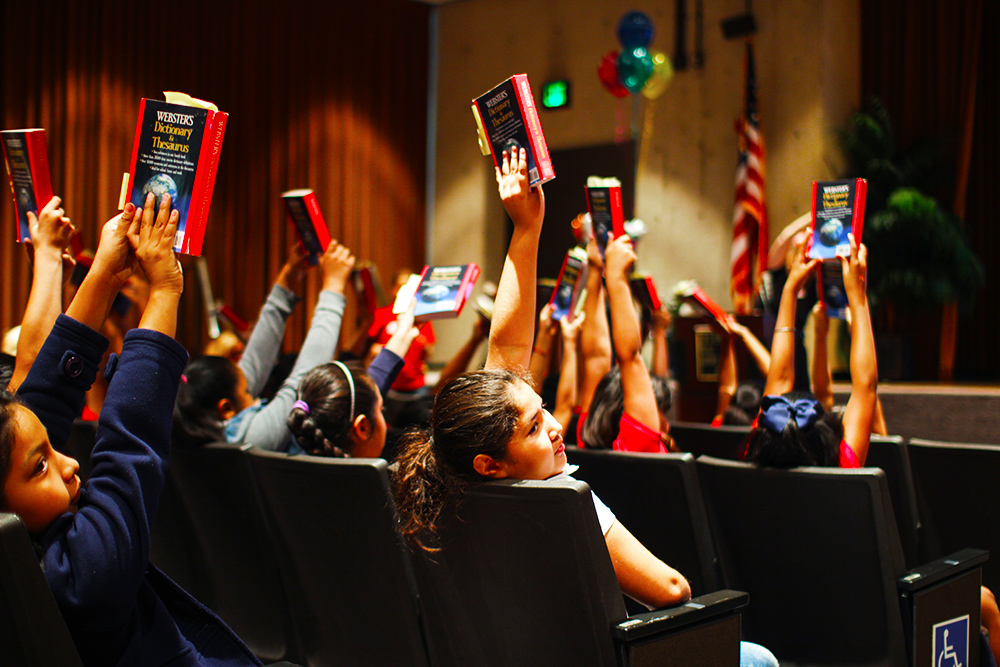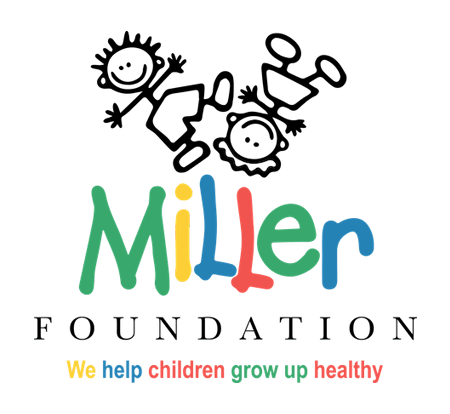Education Programs

The Miller Foundation is focused on supporting education for children from preschool and early childhood through the twelfth grade. This includes organizations and programs that engage vulnerable parents and families in their child’s development as well as programs that provide young children and youth who are most at-risk of lower educational success with high-quality pre-school, early childhood, elementary, middle and high school education.
Priority Focus Area: High-quality educational support for children and youth
Background
The impact of education extends far beyond the classroom and plays a decisive role in shaping children’s futures. For example, its impact on health status is profound. Children who receive a quality education are more likely to have health insurance coverage, are less likely to be overweight or obese, and have a lower mortality rate and live years longer than children who face unaddressed learning challenges and do not advance in the educational system.
Pre-school and early education for children through the third grade builds a strong foundation (e.g., mental and social development, literacy skills) that promotes a child’s long-term success in education. These resources are especially valuable for young children more at-risk of lower educational attainment including those living in poverty or in non- English speaking households. These children often start school well behind other students in reading comprehension, writing, and overall skills needed for educational success. The gap in achievement continues and escalates throughout their education, given this lack of a strong foundation.
Middle school education provides students in early adolescence with an environment that helps them negotiate the impact of puberty on their intellectual, social, and emotional lives. In this critical stage of development, children begin to embrace learning, establish positive study habits, and to value education in general. Success in middle school sets the stage for high school achievement.
High School is a challenging time when adolescents rapidly mature towards adulthood, learn the key skills that prepare them for college and careers, and if given the opportunity, help to develop a much deeper understanding of the community and world around us. In today’s innovation economy, with rapid growth in high-wage fields of science, technology, engineering and math (STEM), the role of high schools is more important than ever.
Despite what we know about their importance, those most at-risk and in need have severely limited access to early education programs, special tutoring, quality afterschool programs and other resources to enable them to succeed in the educational system. Expansion of resources is critical.
We also recognize the pivotal role parents and families play in children’s development and educational attainment. Many families and caregivers want to increase their ability to meaningfully engage in their child’s development and learning, but also lack the resources to support their own language acquisition, good parenting skills and approaches, and how to navigate the educational system to access resources for their children.
Examples of programs the Foundation supports include (but are not limited to):
- High-quality, accessible childcare or pre-school services
- Programs that engage families in promoting the educational success of their child (e.g., parenting workshops, family-based programs, family literacy, and language acquisition)
- After-school programs focused on providing education-based support (e.g., academic tutoring, literacy, and English language learning)
- Mentorship programs that build key skills such as leadership, problem-solving, self-awareness, accountability and community involvement for youth.
Desired Outcomes
With its partners in the nonprofit and public sector in Long Beach, the Foundation hopes to help move the needle for children’s and youth education in North, West, Central, and Southwest Long Beach. Here are some of the indicators we hope to see as a result of our joint efforts:
- Increase the total number of 3rd graders who are reading at grade level and hitting benchmarks in literacy
- Increase the number of children who have access to academic supports out of schools (e.g., computer labs, after-school programs)
- Increased enrollment in childcare and pre-school education
- Long-term academic success of children and youth, including boosting attendance and retention of students through the 8th grade and high-school graduation rates

